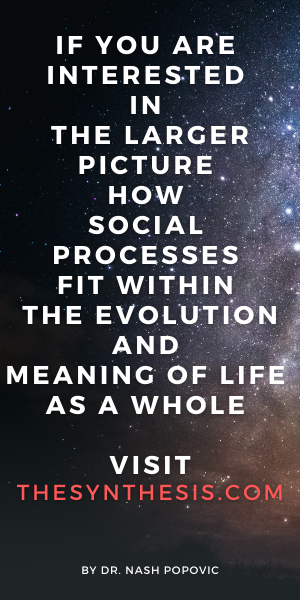There are two interrelated challenges in this case: a model of global governance needs to be a) fit for purpose and b) workable. Some idealism is needed for the former and a lot of realism for the latter, as any model of this kind would need to be acceptable to many players. Through the process of creating this one, we had to take into account that these two requirements create a tension that eliminates many options. Thus, the model consists of some novel elements but it also incorporates, whenever possible, features of the existing UN system, which could make the transition easier. In other words, we are again making an attempt at evolution rather than revolution. Such an approach reflects one of the UN’s own reports:
Recommendations that ignore underlying power realities will be doomed to failure or irrelevance, but recommendations that simply reflect raw distributions of power and make no effort to bolster international principles are unlikely to gain the widespread support required to shift international behaviour. (2004, p.14)
We suggest three main components for global governance:
- A Council of Global Affairs, which would consist of a relatively small number of distinguished individuals. Its main role would be to refine the core values and basic principles that the global governance upholds, and delineate broad directions that are concordant with them (e.g. regarding human rights, the environment, international relationships and security, and so on). Sometimes these values and principles are assumed or taken for granted, but it would be much harder to circumvent them if they are explicitly and clearly stated.
- A House of Representatives, consisting of members directly elected by their constituents. Its main role would be to deliberate and propose more specific goals and plans of action.
- A House of States, which would consist of delegates appointed by sovereign states, as is now the case with the UN General Assembly. Its main purpose would be to approve (or not) the plans of action and work on their implementation.
Beside these components, the model also includes a Secretariat, with adjoined offices and international bodies. Last, but not least, we envisage a greater role in global governance for the people of the world themselves, so their role will be discussed too.


